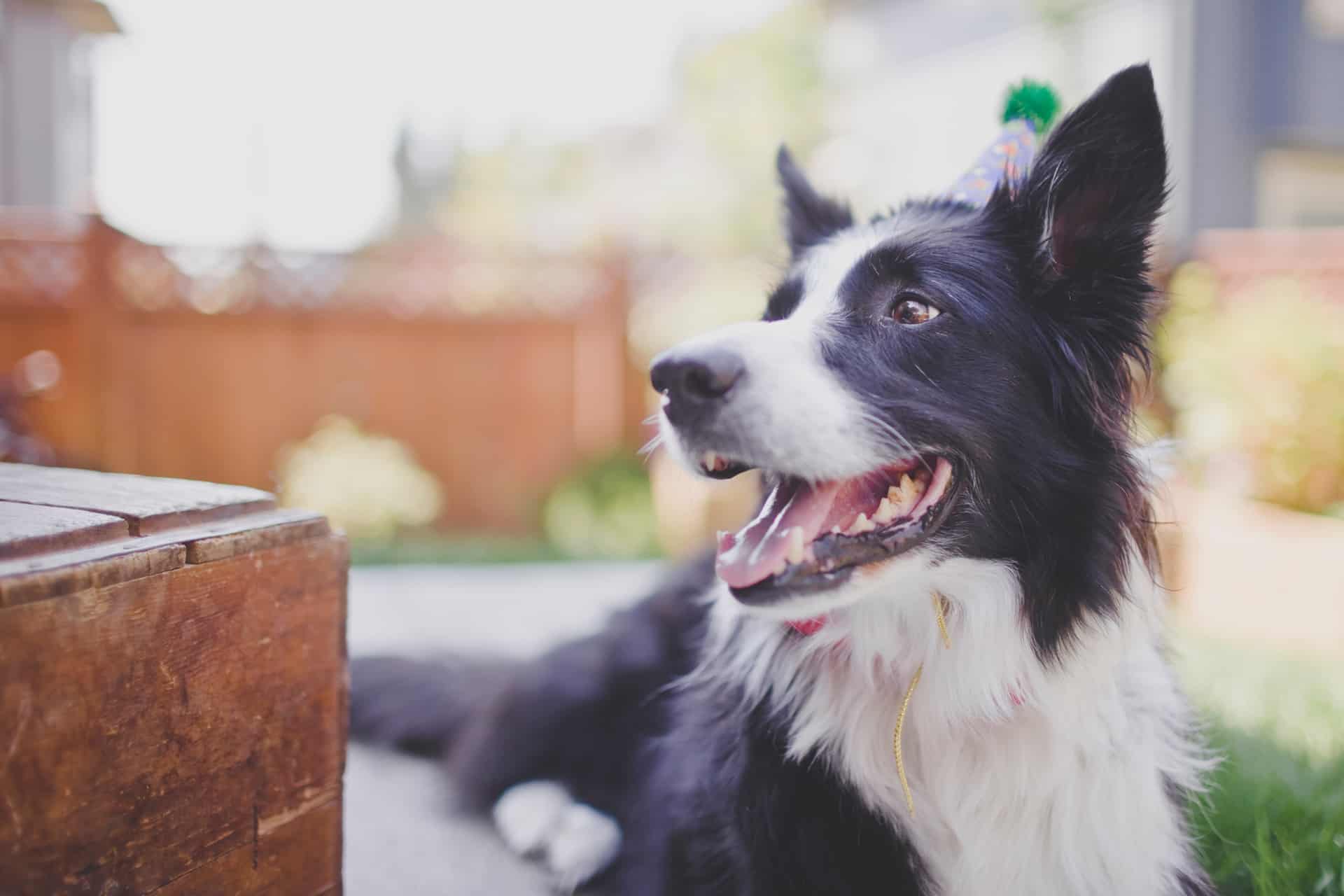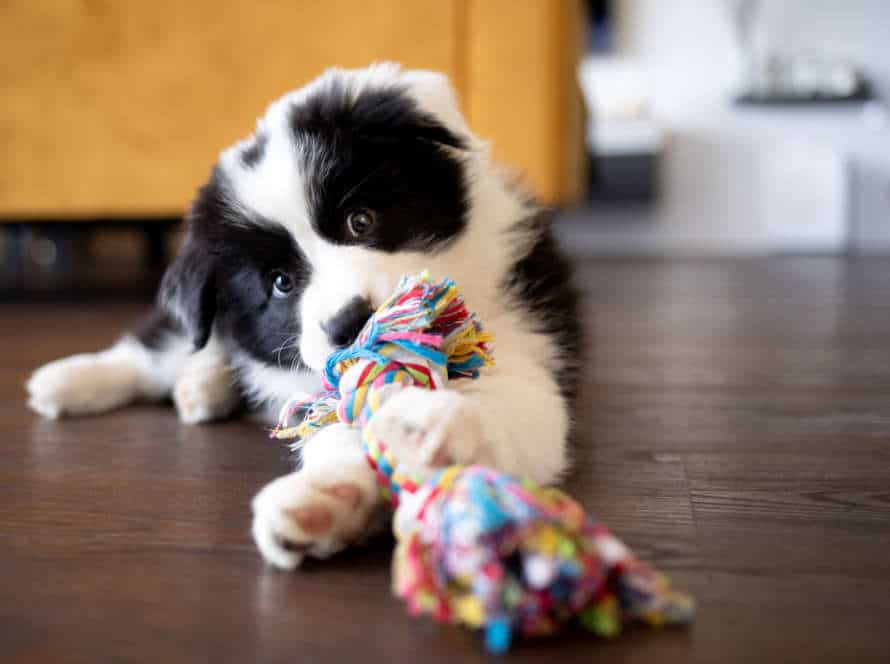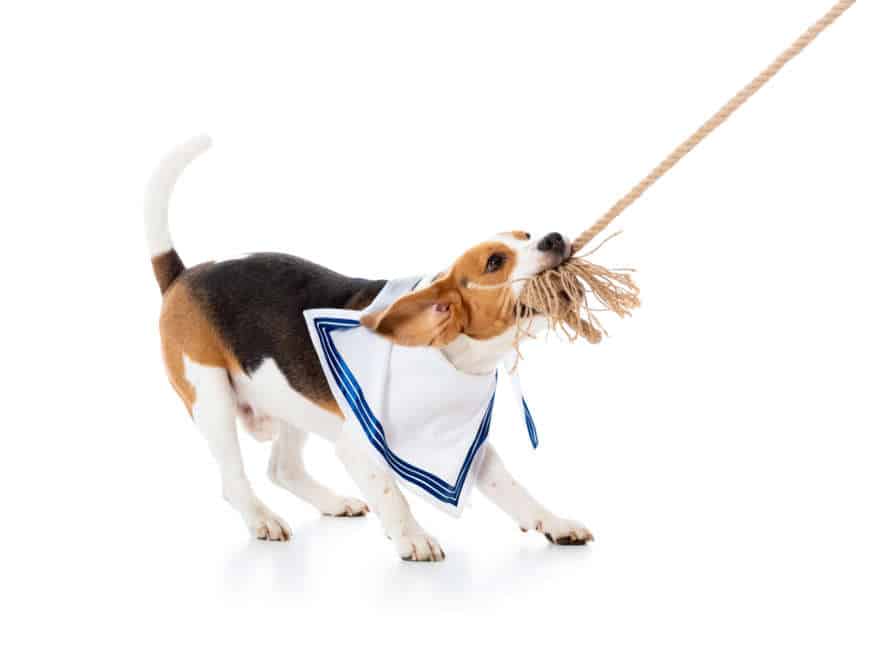The Down Command: Why It’s an Essential Skill for Your Dog
Teaching your pup the “down” command is a must-have skill for any pup parent. The “down” command comes in handy lots of times: preventing jumping, calming an overexcited pup, and keeping them safe.
Why is the down command so crucial?
- Safety: Keeps them from running into potential danger – like a road or another aggressive pup.
- Obedience: When they obey this command, it shows respect for you as their owner.
- Relaxation: Helps settle an anxious or overly-excited pup – at home or out in public.
- Politeness: Keeps them from jumping on visitors or begging for food.
Proper training is key to help your pup understand this essential command. Patience, consistency, and positive reinforcement are key to success!
Understanding the Down Command
The “down” command is very important to teach your pup. It not only makes them safer and more disciplined, but it is also the base for teaching them other behaviors. This article talks about why the down command is so vital, plus the best way to teach it.
What is the Down Command?
Down is a basic dog training command. It teaches obedience, focus, and can help manage behavior. Here’s how to do it:
- Say “sit”.
- Hold a treat in front of your dog’s nose and lower it to the ground, saying “down” as you do.
- Give the treat and praise them when they obey.
- Repeat several times, phasing out the treat and relying on verbal cues.
- Train consistently with positive reinforcement.
- Short sessions are best.
With practice, your dog should learn to obey this command.
Benefits of teaching the Down Command
Train your furry friend the “Down” command for awesome advantages. Here are 4 major perks:
- Command: Teach your pup to lay down on command to manage circumstances like greeting guests or going for walks.
- Security: In a crisis, the “Down” command keeps your pup safe by avoiding them from running into danger or getting too excited.
- Bonding: Consistent instruction fortifies trust and tightens your bond with your pup, leading to a better connection.
- Mental Activity: Learning fresh commands and skills supplies mental activity for your dog, resulting in a calmer and more obedient pup.
By introducing the “Down” command into your pup’s training program, you can ensure a good and healthy relationship for years to come.
Common challenges when teaching the Down Command
Training our four-legged buddies the “Down” command can be tough. But, it’s super important for their safety and relationship with us.
Let’s look at some common issues pet owners face when teaching “Down”:
- No interest or trouble focusing on training.
- Refusing to lie down or stay down.
- Fear or anxiety in rescue or elderly dogs.
- Moving away and breaking the command.
To get past these challenges, make sure the environment is distraction-free and use positive reinforcement. Also, be patient and avoid punishing them. With dedication and consistency, your pup will learn the command! Pro tip: Be consistent with rewards and have fun!
How to Teach the Down Command
Teach your pooch the down command! It’s a must-have skill. It’s not only for obedience, but it’ll also keep them safe. Plus, it nips unwanted behaviors in the bud. Want to teach your dog the down command? There are lots of techniques. In this article, we’ll look at the best ways to train your pup effectively.
Luring technique to teach the Down Command
Train your pup to do the “Down” command with ease! Here’s how:
- Get your pooch to sit in front of you.
- Hold a treat near their nose and slowly lower it to the ground.
- As they follow the treat, their elbows and chest should touch the floor.
- As soon as they’re down, say “Yes!” to indicate success.
- Quickly reward them with the treat and lots of praise.
“Down” is an important command for your pup. It teaches them to calm down in many situations. Also, it helps with problem behaviors like barking, jumping, and getting too excited.
Pro Tip: Be patient and consistent to get the best results!
Capturing technique to teach the Down Command
Training your pup in the ‘down’ command is really important for their wellbeing and behavior. The capturing method is an effective way to teach them this command. Here’s how:
- Keep an eye on your pup’s natural behavior. When they lay down or stretch, slowly and clearly say the command ‘down‘.
- Straight after saying the command, give them a treat and some positive reinforcement, like a pat or a calming ‘good boy/girl’.
- Repeat the process. Eventually, your pup will link ‘down’ with the reward and will lay down when commanded.
Pro tip: Be patient when teaching your pup new commands. They won’t learn overnight and each pup learns differently. Train them in short, positive sessions with lots of positive reinforcement. Consistency is key!
Shaping technique to teach the Down Command
Teaching the down command to your dog is a must. The shaping technique works well. Here’s what to do:
- Have your pup seated.
- Hold a treat close to their nose and slowly lower it to the ground.
- As they follow the treat and start to lower, say “down” and give them the treat.
- Do this again, but move the treat away from their body each time until they are laying down.
- As they get better, add the “stay” command and make them stay in that position for a while.
- With practice, your pup will learn the down command and be a good companion.
Reinforcing the Down Command
Train your pup the down command! It’s a key part of any obedience training. Knowing how to reinforce the command is a must-have skill for pet owners. Reinforcing the command can help your pet follow commands, build a closer bond, and relax more.
In this article, let’s look at methods to reinforce the down command effectively.
Positive reinforcement techniques for the Down Command
Positive reinforcement techniques can help train your dog to obey the Down Command. Try these:
- Treats: Give a high-value treat like chicken or cheese when your dog lies down on command. Give it immediately, to make a strong connection.
- Verbal praise: Use a positive, enthusiastic voice when they obey.
- Clicker training: Use a clicker and treat to mark and reward the behavior.
- Leash guidance: Use a leash and collar or harness to guide them into the down position.
Be consistent and patient. Reward good behavior right away. Pro tip: Practice in a quiet place with few distractions, to help your dog stay focused.
Negative reinforcement techniques for the Down Command
Negative reinforcement is a great way to teach your pup the “down” command. This command encourages patience, self-control, and builds communication with your dog.
For negative reinforcement, try the Time-Out Method. Put your pup in a room or area and give the “down” command. If he obeys, reward him with a treat or praise. If not, give the command again until he listens. Do this several times a day to help him learn.
The Release Method is also great. Hold a delicious treat in your hand and set it in front of your pup while giving the “down” command. If he listens, give him the treat right away. If not, hold it in front of his mouth without letting him have it. Repeat the command until he listens, then reward him.
Monitor your pup’s progress and behaviour for successful training!
Combination reinforcement techniques for the Down Command
The Down command is really important for dogs to learn. Mixing reinforcement techniques can help them understand this skill. Here’s some ideas for reinforcing the Down command:
- Treat-based reinforcement: Give your dog a treat as soon as they go Down. Guide them into position with the treat.
- Verbal reinforcement: Say “Down” in a firm, clear voice. When they do it correctly, give mild praise like “good girl/boy“.
- Hand signals: Use a hand signal (like pointing to the ground) to reinforce the Down command.
- Leash reinforcement: Put a leash around your dog’s middle and guide them into the Down position.
Mixing these reinforcement techniques will help your dog get the Down command and make training more effective.
Troubleshooting the Down Command
Dog-owners, new or experienced: teaching your pup the ‘down’ command is vital! It helps them stay calm, obey you and be better behaved.
But, training them can be tricky. Here’re tips, tricks and troubleshooting tips for teaching your pup the ‘down’ command. You got this!
Resistance to the Down Command
Resistance to the down command can be a real pain for doggos and their owners. Here are some tips to help you out:
- Be patient and consistent. Set up a routine and stick to it. Praise and rewards are great for positive reinforcement.
- Find out the source of the resistance. Watch your pooch’s behaviour and body language. Are they not understanding? Or are they uncomfortable?
- Break it down. Start by teaching your pup to lie down first, without the ‘down’ command.
- Seek professional help. If your pup still isn’t getting it, consider hiring a dog trainer who can help.
Pro Tip: Stay as calm as you can when training. Dogs pick up on our emotions and if you get frustrated, it’ll slow down their learning.
Refusing to perform the Down Command
Refusing the Down Command may be caused by a few things, such as lack of knowledge, being uncomfortable, or fear. Here are some tips to help your pup learn this command:
- Ensure your dog feels comfy. Check for any injuries or pain if your pup is hesitant or resists.
- Reinforce their training and practice. Re-teach them the right way to do it. Practice in different places and times of day.
- Use positive reinforcement. Give treats, love, and praise while they are learning.
- Be patient. Learning takes time so don’t show anger or frustration. Use calming tones and encourage good behavior.
Distractions when performing the Down Command
The Down Command is a must-know skill for every well-trained pup. But, distractions can make it tough to execute the command, even for experienced dogs.
Noise, movement, smells, and other animals can cause your dog to struggle with Down Command. Loud, sudden noises can startle them. Any sudden movement, from people or animals, can be a distraction. Strong smells can excite them and make it hard to concentrate. Unfamiliar animals nearby can make them lose focus.
If your dog is having difficulty with Down Command, try practicing in a quiet, familiar place. Gradually add more distractions as they become more proficient. Positive reinforcement techniques can help keep them motivated and attentive.
Frequently Asked Questions
Q: What is the down command?
A: The down command is when your dog is taught to lie down on the ground on command.
Q: Why is the down command an essential skill for my dog to learn?
A: The down command is important for a number of reasons. It can help calm an anxious dog, prevent jumping on people, and is a basic obedience command that can aid in other training exercises.
Q: How do I teach my dog the down command?
A: The easiest way to teach your dog the down command is to start with your dog in a sitting position, hold a treat in front of them, and lower the treat to the ground while giving the command “down.” When your dog lies down, reward them with the treat and praise. Repeat this exercise daily until your dog learns the command.
Q: What are some tips for reinforcing the down command?
A: Some tips for reinforcing the down command include using positive reinforcement, keeping training sessions short, making sure your dog is relaxed before starting, and being patient and consistent.
Q: What if my dog won’t obey the down command?
A: If your dog won’t obey the down command, it may be helpful to start with simpler commands and work up to the down command. Additionally, make sure you are using positive reinforcement and are regularly practicing the command with your dog.
Q: Can the down command be used for any breed of dog?
A: Yes, the down command can be used for any breed of dog as long as they are physically capable of lying down. However, some breeds with physical limitations may require modifications to the command.







